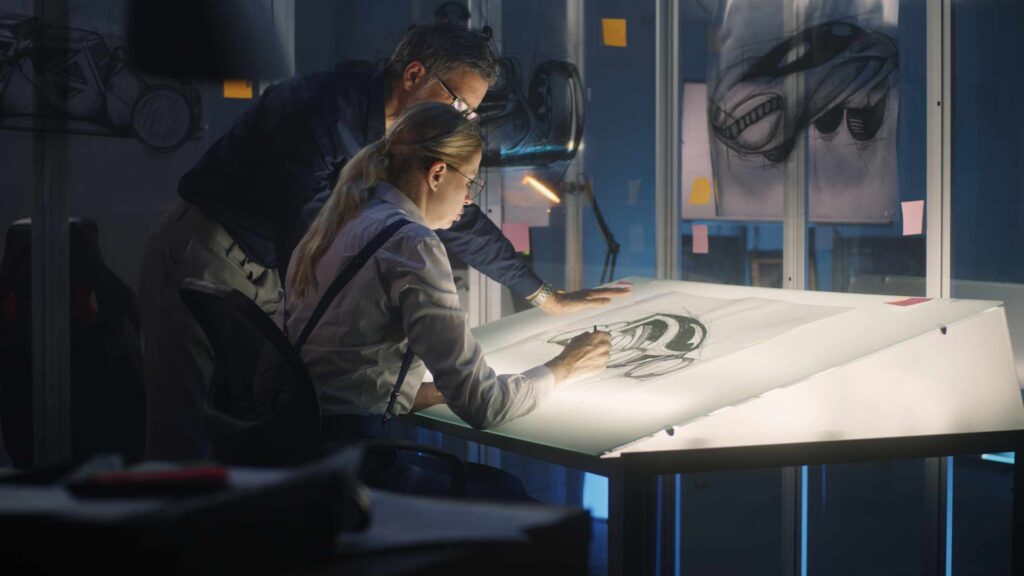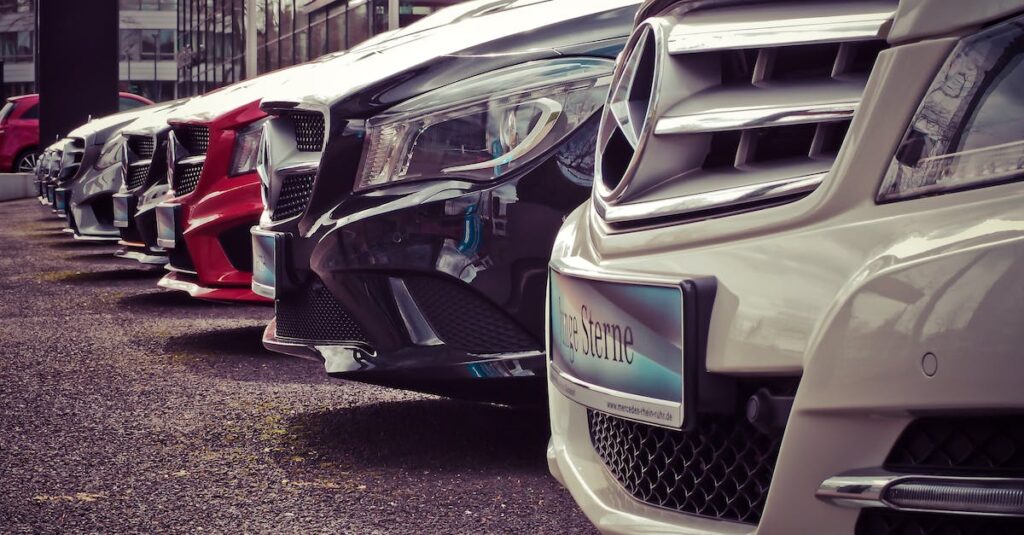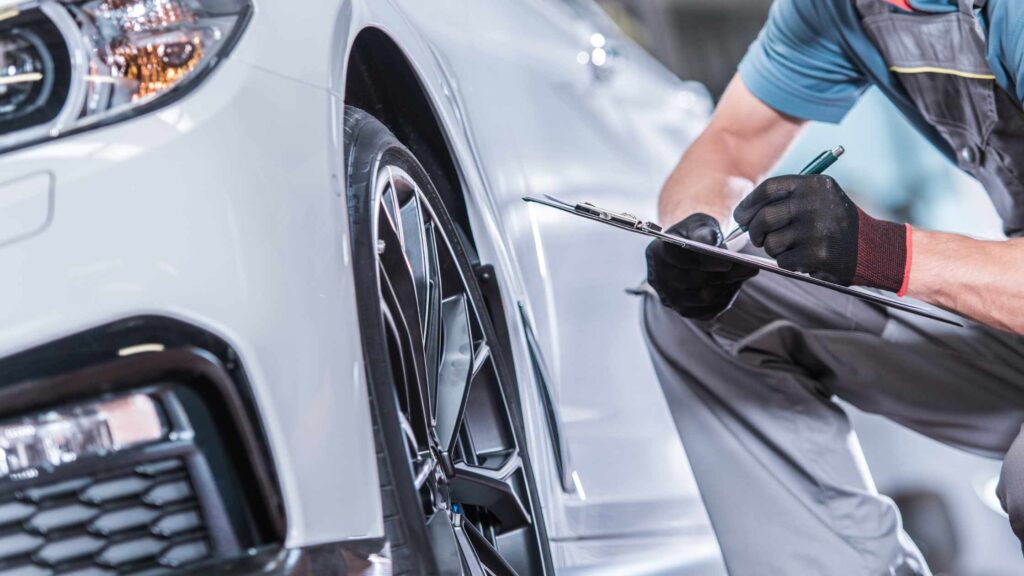Introduction
In the ever-evolving automotive industry, the focus is no longer solely on horsepower and speed. Car manufacturers are now putting more emphasis on creating vehicles that prioritize the needs and preferences of the drivers and passengers. This has led to the rise of human-centric design in cars, which aims to enhance the overall user experience. By understanding and considering the human element, car manufacturers are able to create vehicles that are not only technologically advanced but also intuitive and enjoyable to use.
The Concept of Human-Centric Design
Human-centric design is rooted in the idea that the design process should revolve around the needs and desires of the users. It involves gathering insights about the target audience, studying their behaviors and preferences, and incorporating these findings into the design of the product. When applied to automotive design, human-centric principles help create cars that are more user-friendly, comfortable, and safe.
Prioritizing User Experience
One of the key benefits of human-centric design in cars is its focus on improving the overall user experience. Car manufacturers now understand that a positive driving experience goes beyond aesthetics and performance. It involves factors such as ease of use, accessibility, and comfort. By prioritizing user experience, car manufacturers can create vehicles that are practical and enjoyable for everyone.
Enhancing Comfort and Ergonomics
Human-centric design takes into account the ergonomics of a car’s interior, ensuring that controls, displays, and seating positions are designed for maximum comfort and convenience. Features such as adjustable seats, intuitive dashboard layouts, and well-placed controls make it easier for drivers to interact with their vehicles. Additionally, the use of premium materials and noise-canceling technology helps create a more comfortable and luxurious interior ambiance.
Intuitive Technology Integration
With the rapid advancement of technology, cars are becoming more technologically complex. Human-centric design ensures that these technological features are integrated seamlessly into the user experience. Intuitive touchscreen interfaces, voice commands, and smartphone integration allow drivers to stay connected and control various functions of the vehicle with ease. By simplifying the interaction between the driver and the technology, human-centric design enhances safety and reduces distractions on the road.
Safety and Accessibility
Human-centric design also addresses safety concerns and accessibility for all users. Features like adaptive cruise control, lane-keeping assist, and emergency braking systems are designed to enhance safety and prevent accidents. Moreover, car manufacturers are now making efforts to create vehicles that are accessible to differently-abled individuals, with features like wheelchair accessibility, modified controls, and spacious interiors.
The Role of Data and User Feedback
Data-driven design is an integral part of human-centric design in cars. Car manufacturers rely on user feedback and real-world driving data to continuously improve their products. By analyzing user preferences, pain points, and behavior, car manufacturers can refine their designs to meet the evolving needs of the customers. This iterative process ensures that future car models incorporate the features and improvements that users value the most.
Conclusion
Human-centric design in cars is an important aspect of the automotive industry’s evolution. By putting the needs and preferences of users at the forefront, car manufacturers are able to create vehicles that offer a superior driving experience. From enhancing comfort and ergonomics to integrating intuitive technology and prioritizing safety, human-centric design improves every aspect of the user experience. Through the thoughtful use of data and user feedback, car manufacturers can continue to innovate and create cars that meet the evolving needs of drivers and passengers.







